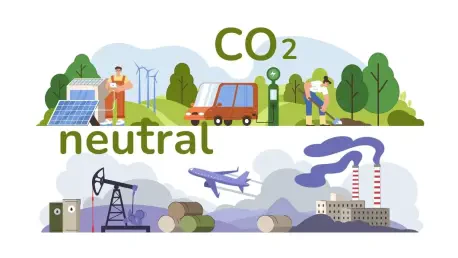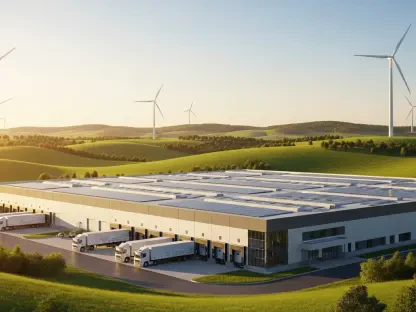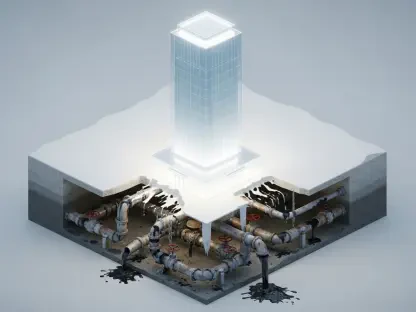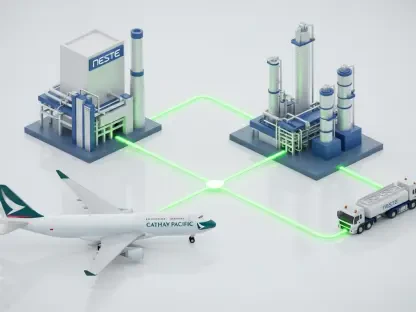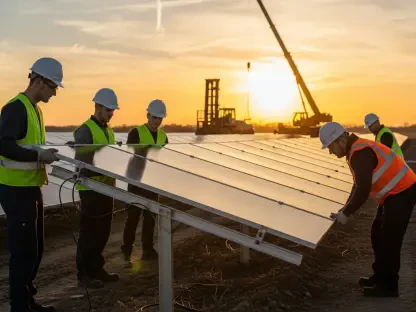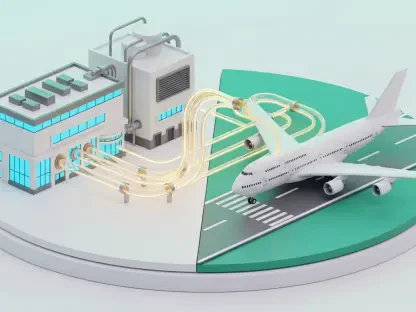I’m thrilled to sit down with Christopher Hailstone, a renowned expert in energy management and renewable energy solutions. With his deep knowledge of electricity delivery and grid reliability, Christopher provides critical insights into the pressing challenges of decarbonizing key industries. Today, we’ll explore Australia’s heavy reliance on diesel fuel, the barriers to adopting greener alternatives, and the innovative solutions that could steer critical sectors toward a sustainable future.
Can you walk us through why Australia risks missing its environmental targets if it doesn’t curb its dependence on diesel fuel?
Absolutely. Diesel fuel is a major player in Australia’s carbon emissions, accounting for about 17% of the total footprint. The country has ambitious goals, like cutting greenhouse gases by 43% by 2030, but sectors like mining, freight, agriculture, fisheries, and forestry are heavily reliant on diesel for equipment and transport. If we don’t address this dependency, it’s nearly impossible to hit those targets. These industries are foundational to the economy, but their emissions are a huge hurdle to net zero by 2050.
Which industries are the biggest contributors to diesel use, and why is that a concern?
The primary culprits are mining, freight, agriculture, fisheries, and forestry. These sectors use diesel to power everything from long-haul trucks and excavators to tractors and fishing vessels. The concern is twofold: first, their sheer volume of fuel consumption drives up emissions, and second, they’re often in remote areas where alternatives aren’t easily accessible. Without a targeted shift, their impact will continue to undermine broader environmental goals.
What are some of the biggest challenges industries face when trying to move away from diesel to cleaner options?
The challenges are multifaceted. Cost is the most significant barrier—switching to alternatives like electric vehicles or green hydrogen often requires huge upfront investments in equipment and technology. Then there’s the lack of infrastructure; for instance, charging stations or hydrogen refueling points are scarce, especially in rural or remote areas where many of these industries operate. Regulatory barriers also play a role, as current policies, like diesel tax subsidies, can make it financially unattractive to switch. It’s a complex web of economic and logistical hurdles.
How does the cost factor specifically discourage industries from making this transition?
Cost is a massive deterrent because greener technologies often come with a steep initial price tag. For example, retrofitting a fleet of trucks for electric power or investing in biofuel-compatible machinery can cost millions. Many businesses, especially in agriculture or freight, operate on tight margins, so they can’t absorb those expenses without support. On top of that, diesel is kept artificially cheap through subsidies like the Fuel Tax Credit Scheme, which makes sticking with the status quo far more appealing financially, even if it’s worse for the planet.
Can you share an example of how insufficient infrastructure impacts the shift away from diesel?
Sure, take long-haul trucking or mining operations in remote parts of Australia. Even if a company wants to switch to electric vehicles, there aren’t enough charging stations along major routes or near mine sites to make it practical. Without that network, businesses risk downtime or getting stranded, which is a non-starter for industries reliant on constant operation. It’s a chicken-and-egg problem—companies won’t invest without infrastructure, but infrastructure won’t expand without demand.
How do electrification, biofuels, and green hydrogen fit into the puzzle of replacing diesel across different sectors?
Each of these alternatives has unique potential depending on the industry. Electrification works well for shorter-range transport or equipment, like electric forklifts in mining or smaller farm vehicles, where battery technology is advancing rapidly. Biofuels are a strong fit for sectors like agriculture and fishing, as they can often be used in existing diesel engines with minimal tweaks, and they can be produced from agricultural waste. Green hydrogen, while promising for heavy industries like mining due to its high energy density, is more of a long-term solution because production costs are still high and infrastructure is limited. It’s about matching the right tech to the right need.
Why is there such urgency to decarbonize these diesel-heavy sectors right now, rather than waiting a few more years?
The urgency comes down to both environmental and economic risks. If we delay action by another decade, the cumulative emissions will make hitting net zero by 2050 nearly impossible, and we’ll face harsher climate impacts. Economically, waiting could lead to sudden market shocks—think rapid policy shifts or fuel shortages forcing industries to adapt overnight at a much higher cost. Acting now allows for a smoother transition, giving time to build infrastructure, test technologies, and avoid disrupting entire supply chains.
How could agriculture not only reduce its diesel use but also contribute to broader decarbonization efforts?
Agriculture is fascinating because it’s both a problem and a potential solution. Farmers can cut diesel use by adopting solar-powered equipment or battery storage for on-site energy needs. But they can also produce low-carbon alternatives, like biodiesel from crop residues or biogas from livestock waste. Some farms are already experimenting with these, creating a circular system where they fuel their own operations sustainably. It’s a win-win if scaled up with the right support.
What kind of policy changes or strategies do you think could effectively support industries in ditching diesel?
A comprehensive approach is critical. A national future diesel strategy, as suggested in recent reports, could map out clear decarbonization pathways tailored to each sector. Reforming subsidies, like capping or phasing out the Fuel Tax Credit Scheme, would level the playing field for cleaner fuels. Incentives for adopting green tech—grants, tax breaks, or low-interest loans—could offset upfront costs. Finally, investing in infrastructure, like charging networks or hydrogen hubs, is non-negotiable. It’s about aligning policy with long-term sustainability goals.
Looking ahead, what is your forecast for the transition away from diesel in Australia’s heavy industries over the next decade?
I’m cautiously optimistic. The next decade will likely see significant strides in electrification, especially in freight and agriculture, as battery tech improves and costs drop. Biofuels will play a growing role as a bridge solution, particularly in remote sectors. Green hydrogen might still be in early stages, but with investment, it could start scaling by the late 2030s. The key variable is policy—strong, consistent government action could accelerate this timeline, while delays or mixed signals could stall progress. It’s a pivotal moment, and the choices made now will shape the outcome.
